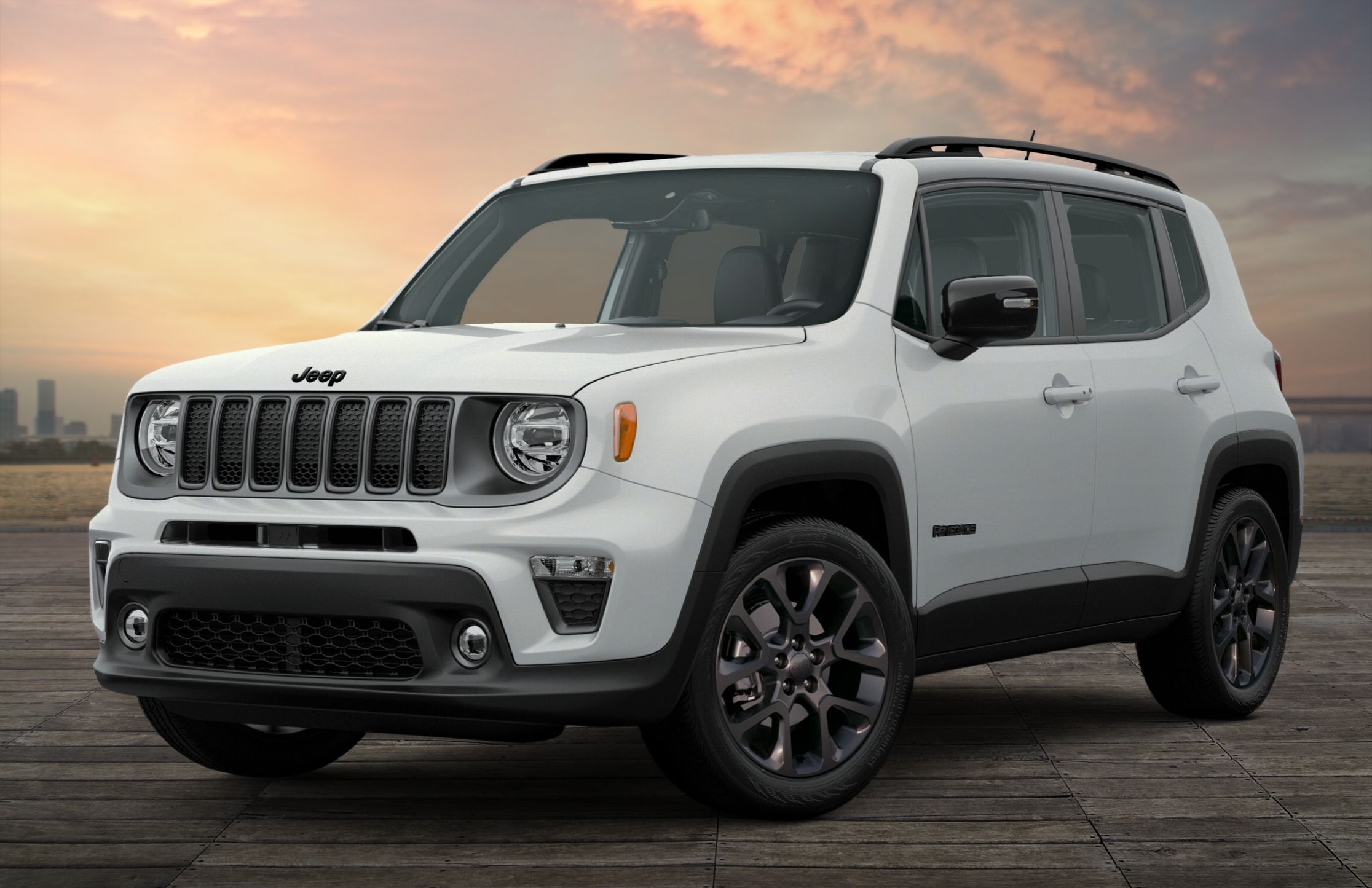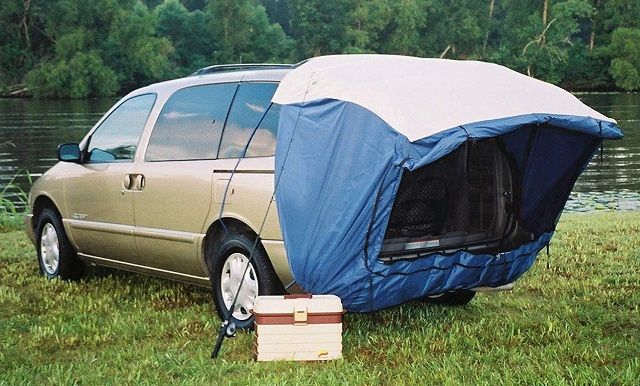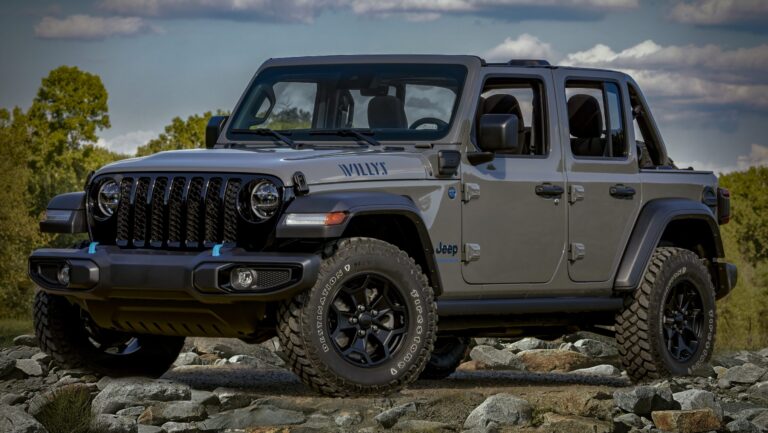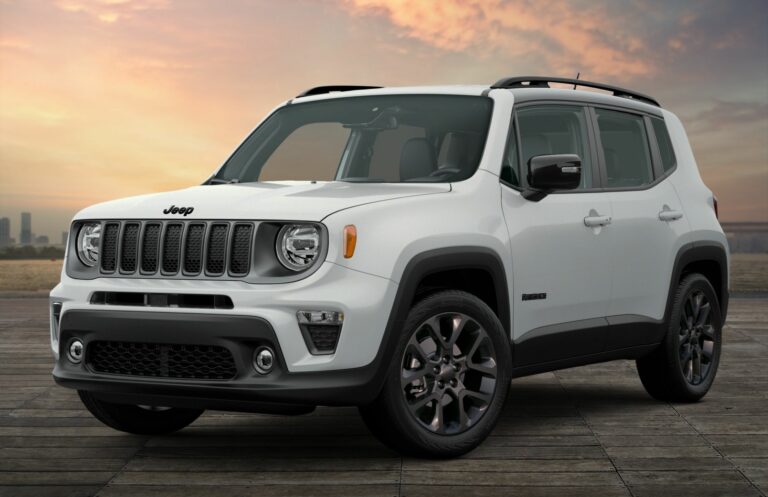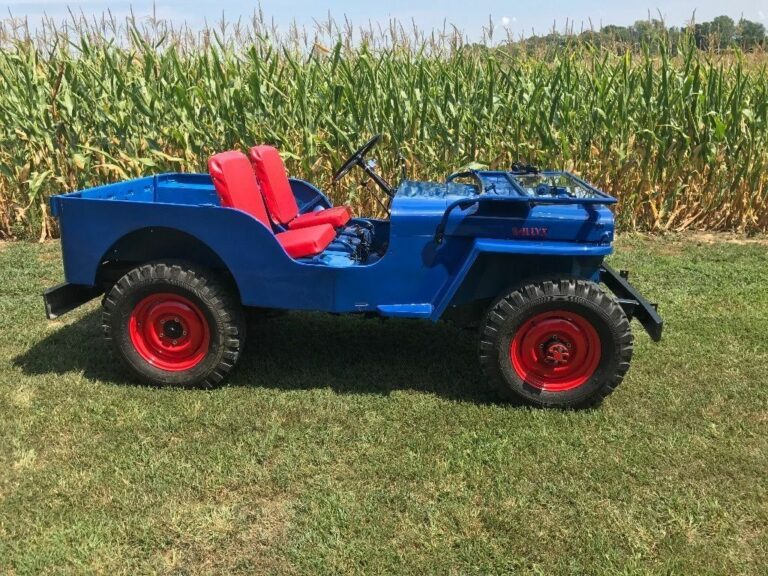Jeep Cherokee Dana 44 For Sale: Unlocking Your XJ’s True Potential
Jeep Cherokee Dana 44 For Sale: Unlocking Your XJ’s True Potential jeeps.truckstrend.com
For any dedicated Jeep Cherokee (XJ) enthusiast, the phrase "Dana 44" often elicits a knowing nod and a spark of excitement. More than just a collection of metal and gears, the Dana 44 rear axle represents a significant upgrade, a vital component for those looking to push their beloved XJ beyond the limits of its stock capabilities. If you’re searching for a "Jeep Cherokee Dana 44 for sale," you’re likely on the path to transforming your rig from a capable daily driver into an unstoppable off-road beast.
This comprehensive guide will delve deep into the world of the Jeep Cherokee Dana 44, exploring its importance, where to find it, what to look for, and how to successfully integrate it into your XJ. Whether you’re a seasoned fabricator or just starting your journey into serious off-roading, understanding the nuances of this iconic axle is crucial for making an informed purchase and achieving your build goals.
Jeep Cherokee Dana 44 For Sale: Unlocking Your XJ’s True Potential
Why the Dana 44? Understanding its Appeal for XJ Owners
The stock Jeep Cherokee XJ, depending on its year and trim, came primarily with one of two rear axles: the notoriously weak Dana 35 or the slightly more robust Chrysler 8.25. While adequate for light trails and daily driving, these axles quickly reveal their limitations when faced with larger tires, aggressive off-roading, or powerful engine upgrades.
- The Dana 35’s Achilles’ Heel: Known for its small ring gear (7.5 inches) and relatively thin axle shafts, the Dana 35 is prone to snapping shafts or breaking the differential case under stress, especially with tires larger than 31 inches and lockers.
- The Chrysler 8.25 (C8.25): A step up with an 8.25-inch ring gear, the C8.25 is a decent axle, particularly the 29-spline version found in later models (1997+). However, it still falls short of the Dana 44’s overall strength and aftermarket support.
Enter the Dana 44. This legendary axle boasts an 8.5-inch ring gear, significantly stronger axle tubes, and a larger variety of aftermarket components. Its robust design makes it the preferred choice for XJ owners looking to run 33-inch tires and larger, incorporate lockers, or simply have peace of mind on challenging trails. The Dana 44’s reputation for durability and its vast ecosystem of upgrade parts make it the gold standard for a rear axle swap in an XJ.
Identifying a Genuine Jeep Cherokee Dana 44

While the Dana 44 is highly sought after, not all Dana 44s are created equal, nor are they all direct bolt-ins for an XJ. The factory XJ Dana 44 was a relatively rare option, primarily found in:
- 1987-1990 XJ models with the tow package.
- 1991-1993 XJ models with the Up-Country suspension package or certain tow packages.
These factory XJ Dana 44s are the most desirable as they have the correct spring perches, shock mounts, and overall width for a direct swap.
How to Identify a Dana 44:
- Differential Cover Shape: The Dana 44 has a distinctive, somewhat octagonal or asymmetrical cover with 10 bolts. The Dana 35 has a more oval shape with 10 bolts, and the Chrysler 8.25 has a rounder, slightly oblong shape with 10 bolts.
- Casting Numbers: Look for "44" cast into the webbing on the lower right side of the differential housing.
- Axle Tube Diameter: While harder to measure precisely without tools, the Dana 44 tubes are noticeably thicker than a Dana 35.
- Fill Plug Location: Dana 44s typically have the fill plug on the cover, whereas Dana 35s have it on the housing.
Be wary of sellers claiming an axle is a Dana 44 without verifiable proof. Always inspect it yourself or have a knowledgeable person do so.
Where to Find a Jeep Cherokee Dana 44 For Sale
Finding a factory XJ Dana 44 can be like hunting for a unicorn, given their rarity. However, several avenues exist for sourcing one or a suitable alternative:
- Salvage Yards/Junkyards: This is often the first stop. Search for older XJs, especially those with tow hitches or a visible lift, which might indicate the Up-Country package. Be prepared to pull the axle yourself and thoroughly inspect it.
- Pros: Potentially lowest cost.
- Cons: Condition can be highly variable, often comes without brakes or shafts, requires physical labor.
- Online Marketplaces:
- Facebook Marketplace & Craigslist: Local listings often pop up. Use specific search terms like "XJ Dana 44," "Cherokee Dana 44," or "Jeep Dana 44 axle."
- Dedicated Off-Road Forums: Websites like NAXJA (North American XJ Association), Cherokee Forum, and Jeepforum have "For Sale" sections where enthusiasts list parts. These often offer better descriptions and more knowledgeable sellers.
- eBay: Can find both used and rebuilt axles, but shipping costs can be substantial.
- Specialized Off-Road Shops: Some shops might stock rebuilt XJ Dana 44s or offer custom-built options. These will be more expensive but offer peace of mind with professional work and often a warranty.
- Private Sellers: Network within the Jeep community. Word-of-mouth can lead to hidden gems.
- New Aftermarket Options: Companies like Dynatrac, Currie, and G2 offer brand-new, purpose-built Dana 44 axles or even stronger designs (like the Dana 60). These are the most expensive but offer ultimate strength and customization. While not a "Jeep Cherokee Dana 44 for sale" in the traditional sense, they are a viable, albeit costly, alternative.
Key Considerations When Buying a Dana 44
Once you’ve located a potential Dana 44, a thorough inspection and evaluation are paramount. Don’t let excitement cloud your judgment.
- Condition of the Housing:
- Rust: Surface rust is common, but look for deep, pitting rust that could compromise integrity.
- Bent Tubes: Roll the axle or sight down the tubes to check for any bends from impacts.
- Cracks/Damage: Inspect the differential housing and tube welds for any cracks, especially around the spring perches or shock mounts.
- Gearing:
- Ratio: Most factory XJ Dana 44s came with 3.55, 3.73, or 4.10 gears. If you’re running larger tires (e.g., 35s), you’ll likely want to re-gear to 4.56 or 4.88, which adds significant cost. Verify the existing gear ratio if possible (often stamped on the ring gear or by rotating the pinion and counting wheel rotations).
- Gear Wear: If the cover is off, inspect the teeth for chipping, pitting, or excessive wear.
- Axle Shafts:
- Spline Count: Factory XJ Dana 44s are typically 30-spline.
- Condition: Check for bent shafts or damaged splines. Many buyers plan to upgrade to chromoly shafts anyway, but good stock shafts are a bonus.
- Brakes:
- Type: Most XJ Dana 44s came with drum brakes. You might consider a disc brake conversion later, but ensure the existing brakes are at least serviceable if you plan to use them temporarily.
- Condition: Check for seized calipers (if disc), worn shoes/pads, and damaged drums/rotors.
- Mounting Brackets:
- Intactness: Ensure the leaf spring perches, shock mounts, and sway bar mounts are present and not severely bent or rusted through.
- Correctness for XJ: If sourcing from a non-XJ vehicle (e.g., Ford 8.8, JK Dana 44), be aware that extensive fabrication (cutting off old brackets, welding on new ones, setting pinion angle) will be required. This significantly increases cost and complexity.
- Locker/LSD: While unlikely to be found in a factory XJ Dana 44, some aftermarket axles might come with a limited-slip differential (LSD) or a full locker. This would be a significant value add.
- Price vs. Value: Compare the asking price to the estimated cost of any necessary repairs or upgrades (re-gearing, new shafts, brakes). A cheap axle requiring a full rebuild might end up costing more than a slightly more expensive, ready-to-bolt-in option.
The Installation Process: What to Expect
Swapping a rear axle is a significant undertaking that requires mechanical aptitude, proper tools, and often a second set of hands.
- Tools & Equipment: You’ll need jack stands, a floor jack, wrenches, sockets, a torque wrench, possibly a cutting tool (for seized bolts), and potentially a hoist or transmission jack to maneuver the heavy axle.
- Difficulty Level: This is a moderate to advanced DIY project. If you’re uncomfortable working with critical driveline components, consider having a professional shop perform the swap.
- Necessary Modifications:
- Driveshaft: You may need to lengthen or shorten your driveshaft depending on the specific Dana 44’s pinion length and your lift height.
- Brake Lines: The brake hard lines and flexible hose might need to be replaced or adapted.
- E-Brake Cables: Depending on the source of the Dana 44 and its brake type, e-brake cables may need modification or replacement.
- Pinion Angle: Critical for driveline longevity, especially with lifted vehicles. This needs to be set correctly when the axle is installed.
- Post-Installation: After installation, it’s crucial to refill the differential with the correct gear oil. If new gears are installed, follow a proper break-in procedure (typically several short drives with cool-down periods) to ensure longevity.
Upgrades and Enhancements for Your Dana 44
Once you have a Dana 44 under your XJ, the possibilities for further enhancement are vast:
- Re-gearing: Essential for larger tires to restore power and optimize performance.
- Lockers: Air lockers (e.g., ARB) or automatic lockers (e.g., Detroit Locker) dramatically improve off-road traction.
- Chromoly Axle Shafts: Stronger than stock, ideal for aggressive wheeling and larger tires.
- Disc Brake Conversion: Improves braking performance, especially with larger tires. Kits are readily available.
- Trussing/Reinforcement: Welding a steel truss to the axle tubes adds significant strength, preventing bending under extreme loads.
- Heavy-Duty Differential Covers: Thicker covers protect the differential from impacts on rocks.
Practical Advice and Actionable Insights
- Do Your Homework: Research specific Dana 44 variations and their compatibility with your XJ.
- Inspect Thoroughly: Never buy an axle sight unseen. Bring a knowledgeable friend if you’re unsure.
- Factor in All Costs: The purchase price is just the beginning. Budget for new gears, shafts, brakes, fluid, and potential labor.
- Consider Your End Goal: Are you building a mild trail rig or a hardcore rock crawler? Your choice of Dana 44 (and subsequent upgrades) should align with your ultimate vision.
- Negotiate: Always try to negotiate the price, especially if the axle requires work.
- Don’t Rush: Finding the right Dana 44 can take time. Patience will pay off.
Price Table: Estimated Costs for Jeep Cherokee Dana 44 For Sale
Please note that these are estimated prices and can vary significantly based on location, seller, condition, demand, and included components.
| Condition & Type | Gearing (Typical) | Included Components (Typical) | Estimated Price Range (USD) | Notes
